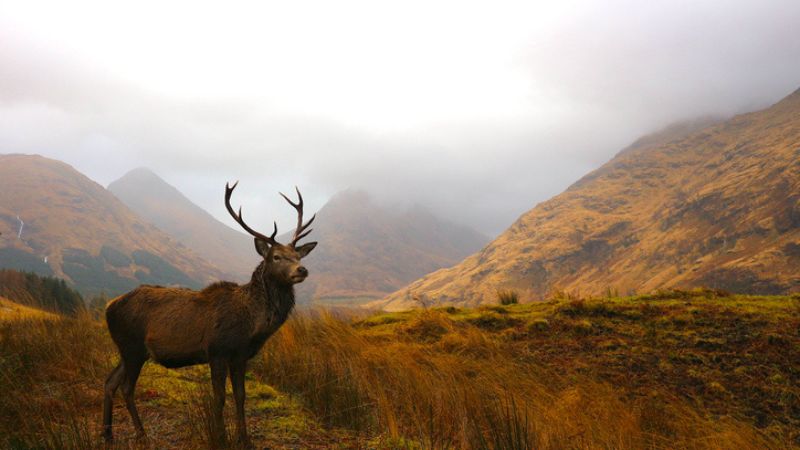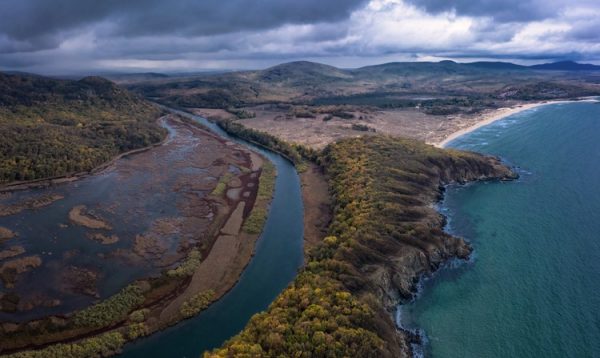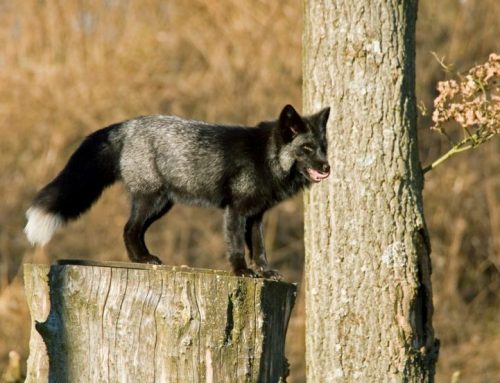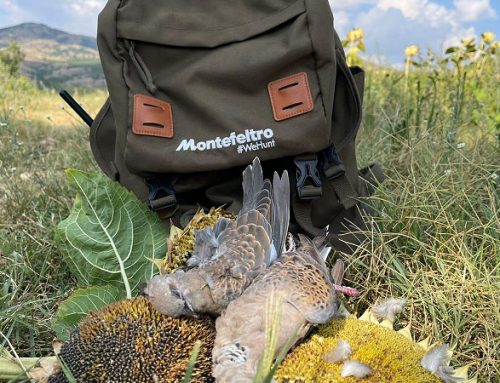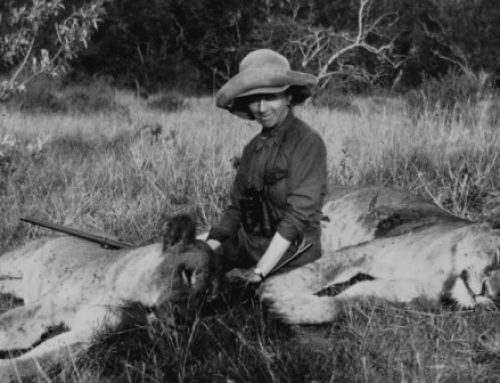Venturing into the woods in search of deer is like crossing the threshold into a world suspended in time, where selective hunting is not just an art but a ritual—an ancient bond between humans and nature.
Here, among misty valleys and ancient forests, a tradition is renewed—one that is not merely about hunting but a celebration of the majestic king of the forest.
The Essence of Selective Hunting: A Dialogue with Nature
Selective deer hunting is far more than a simple pursuit. It is an art of patience, observation, and respect—a game of intelligence and cunning between humans and animals, where the true goal is not simply to take a shot but to understand, manage, and preserve the balance of wildlife.
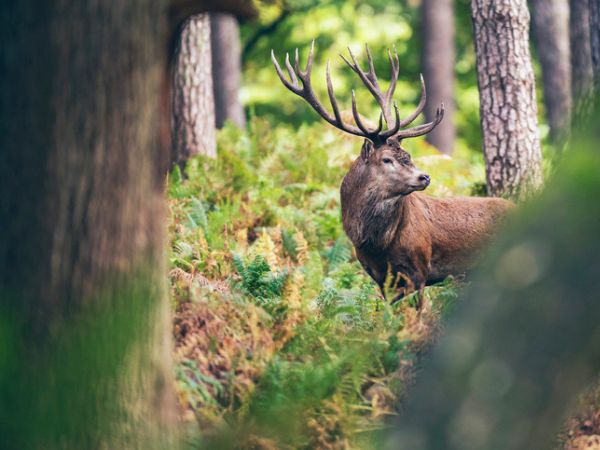
Over the centuries, this practice has evolved from a necessity for survival to a noble, regulated sport that today stands as one of the most important tools for sustainable deer population management. Scotland, with its vast wild landscapes, is the perfect home for this discipline—a place where every gust of wind and every rustle in the underbrush tells ancient stories of coexistence between humans and nature.
The Charm of an Ancient Art: Technique and Strategy
Anyone who thinks selective hunting is merely a hunting act is deeply mistaken. It is a refined art that requires knowledge, strategy, and an almost spiritual harmony with the surrounding environment.
Weather conditions play a crucial role: wind, rain, and temperature influence every step of the hunter and every movement of the deer. Reading the forest, deciphering nature’s signs, advancing unnoticed—all of this is part of the game, where silence is the best ally and keen observation is the key to success.
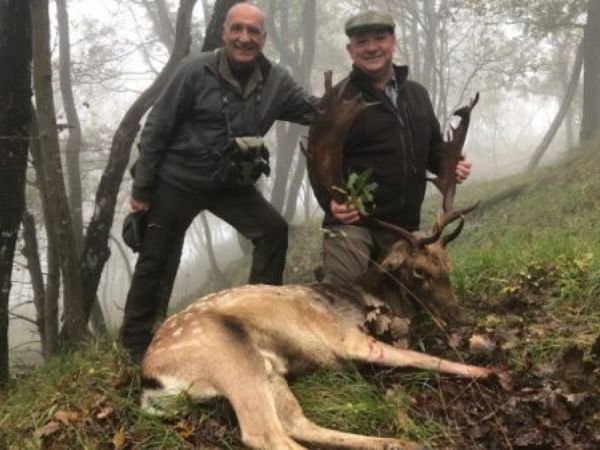
In the heart of the forest, the hunter moves with measured steps, blending into the landscape, invisible to the watchful eyes of the deer. In those moments, one can feel the magic of this experience—the thrill of coming face to face with an animal that embodies the strength and grace of the wild.
An Experience for Beginners and Veterans
For those approaching selective hunting for the first time, the learning curve is as challenging as it is fascinating. Understanding when to advance and when to remain still, interpreting the signs left on the ground and carried by the wind, and deciphering the habits and behaviors of deer—all require time and experience.
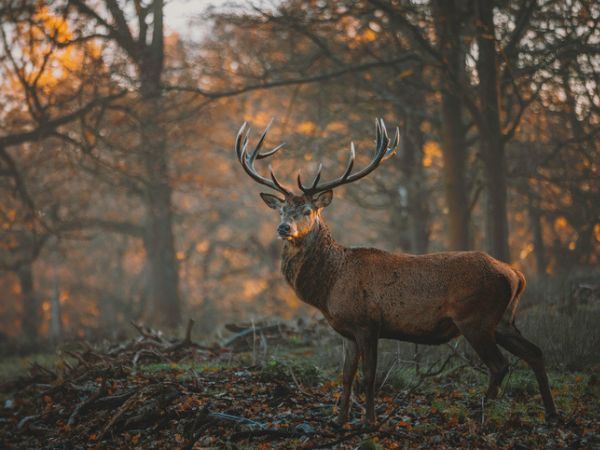
Every mistake—a sudden movement, an unexpected noise, a misplaced step—is not a failure but a valuable lesson, a way to refine one’s technique and become an integral part of the environment.
The Risk of Technology in Deer Hunting: When Ethics Fade
Deer hunting is far more than just a hunt. It is an art passed down through generations, a ritual in which the hunter becomes part of nature, immersing themselves in its rhythms and silences. Seeing a deer emerge in the twilight of dawn or spotting its silhouette at sunset, bathed in golden light, is what makes this experience unique and thrilling.
Today, tools such as thermal scopes, night vision devices, and trail cameras are radically transforming hunting, making it increasingly about technology rather than skill and connection with the environment. While these tools may have a role in certain wildlife management contexts, their excessive use risks disrupting the natural balance between predator and prey, turning hunting into an unequal and emotionless pursuit.
Nature Adapts: The Deer Changes Its Habits
One of the least considered effects of the indiscriminate use of technology in hunting is how nature reacts and adapts. Deer, like all wild animals, are not static beings—they observe, learn, and change their habits to survive.
Until a few years ago, the best times to see deer were dawn and dusk when the forest glowed with soft hues and the silence of the night gave way to the first sounds of the day. This was the hunter’s time—to observe, wait, and immerse in the breath of the forest.
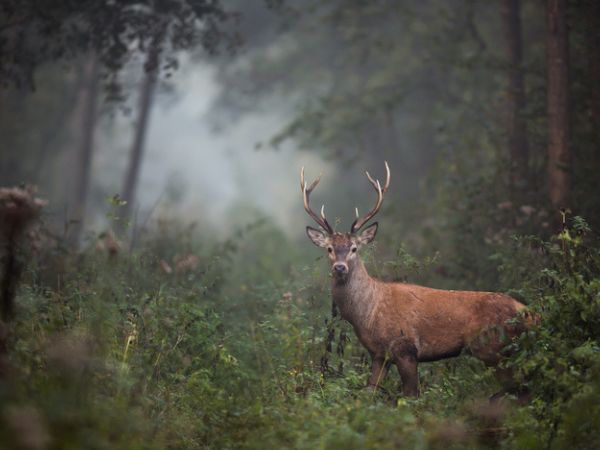
But with the increasing use of thermal and night vision scopes, more and more hunters have started shooting well beyond twilight, extending their activity into the dead of night. The result? Deer have adapted, shifting their movement patterns to deep night hours, avoiding the first and last light of the day.
And so, that magical moment when a deer appears in the uncertain light of dawn is slowly disappearing. Hunting is no longer a fair challenge but a cold technological operation where the deer no longer stands a chance.
The Loss of Hunting’s True Essence
This technological drift not only deprives deer of their ability to adapt but also takes something away from the hunter.
Where does the silent wait in the twilight of the forest go?
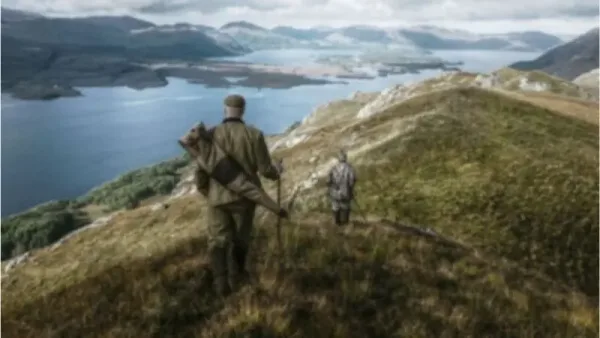
Where is the wonder of seeing a majestic stag appear in the soft morning light, its breath condensing in the cold air?
Where is the challenge of predicting its movements and truly tuning into nature?
Using thermal or night vision scopes to shoot a deer in total darkness is not hunting—it is mere execution. There is no longer a need to read the wind, track footprints, or study the terrain. It all becomes just a matter of spotting a target on a screen, pulling the trigger, and going home.
Hunting is about experience, respect, and emotion—not just the end result.
Restoring Balance
This is not about completely demonizing technology. Some modern tools have their place, especially in wildlife management, preventing agricultural damage, or monitoring populations. However, when the use of thermal and night vision scopes becomes the norm rather than the exception, hunting loses its true essence.
What is needed is a return to ethics, to respecting wildlife, and to valuing a fair challenge.
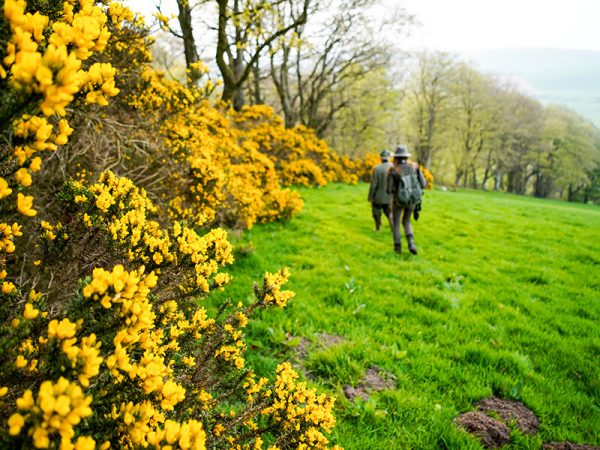
Stricter regulations should limit the use of these tools during the darkest hours, restoring the integrity of true selective hunting.
Because if hunting becomes just a matter of technology, it will no longer be nature that adapts to humans—but humans who lose the profound meaning of what it means to be a true hunter.
The Isle of Bute: A Paradise for Selective Hunting
If there is one place where selective hunting takes on an almost mystical aura, it is the Isle of Bute—a hidden gem in Scotland that offers a unique hunting experience. Located on Scotland’s west coast, the island is a natural paradise, less frequented by tourists but cherished by experienced hunters for its rich wildlife and evocative atmosphere.
Here, red deer and fallow deer find their ideal habitat among rolling hills, oak forests, and heather-covered moorlands swept by Atlantic winds. The island is a world of its own, with a perfect ecosystem for the noble stag, where the population is carefully managed to maintain a natural balance.
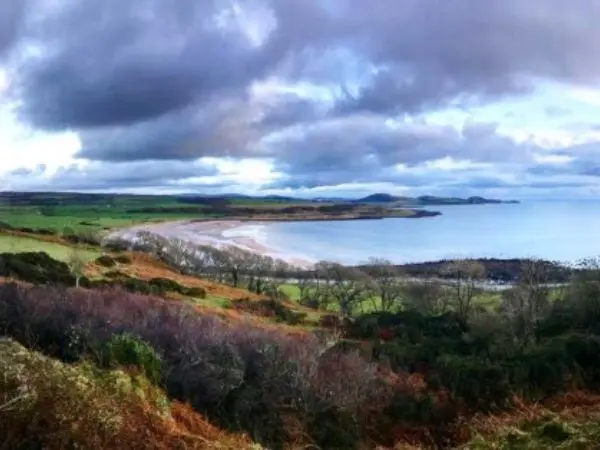
Hunting on Bute means immersing yourself in an extraordinary landscape of dramatic cliffs, dense forests, and silent valleys. The challenge of selective hunting is amplified by the vastness of the territory and the cunning of the deer, which move gracefully through the vegetation, making every encounter an unforgettable experience.
The island offers a remarkable opportunity for those seeking an immersive and authentic hunting experience, far from the usual paths. Its milder climate compared to Scotland’s interior allows for more consistent hunting throughout the year, and the variety of habitats provides challenges in both wooded and open moorland settings, each with its own difficulties and allure.
The Bulgarian Alternative: The Ropotamo Hunting Reserve
While Scotland offers misty, mystical landscapes, Bulgaria’s Ropotamo Reserve presents an equally fascinating alternative for those seeking selective hunting in untamed nature
Nestled along the Black Sea coast, the Ropotamo Reserve is a natural sanctuary, a land where lush forests blend seamlessly with meadows and winding waterways, creating the perfect habitat for the European red deer. Here, selective hunting takes place in a pristine ecosystem where wildlife is carefully managed, and the presence of large stags with imposing antlers stands as a testament to the quality of game management.
Scotland or Bulgaria: Two Realms for the King of the Forest
Whether one chooses the Isle of Bute, with its hunts set against a backdrop of woodlands and heather-covered hills overlooking the sea, or Bulgaria’s Ropotamo Reserve, with its lush landscapes and meandering rivers, selective red deer hunting remains one of the purest and most authentic experiences for any passionate hunter.
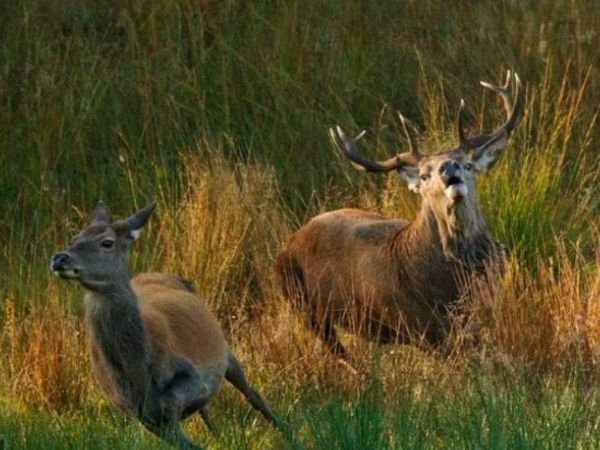
Every forest tells its own story, every landscape presents a unique challenge. The red deer, with its majestic presence and regal stature, is the true sovereign of these lands. And the hunter who ventures into this world with respect and awareness is not merely a predator but a guardian of nature’s delicate balance.
In the forest’s silence, as the air fills with the scent of damp earth and moss, the roar of the stag shatters the stillness. It is the sound of the wild in its purest form, an ancient call that invites the hunter to become, for a fleeting moment, part of that primordial world where man and nature meet in mutual respect.

